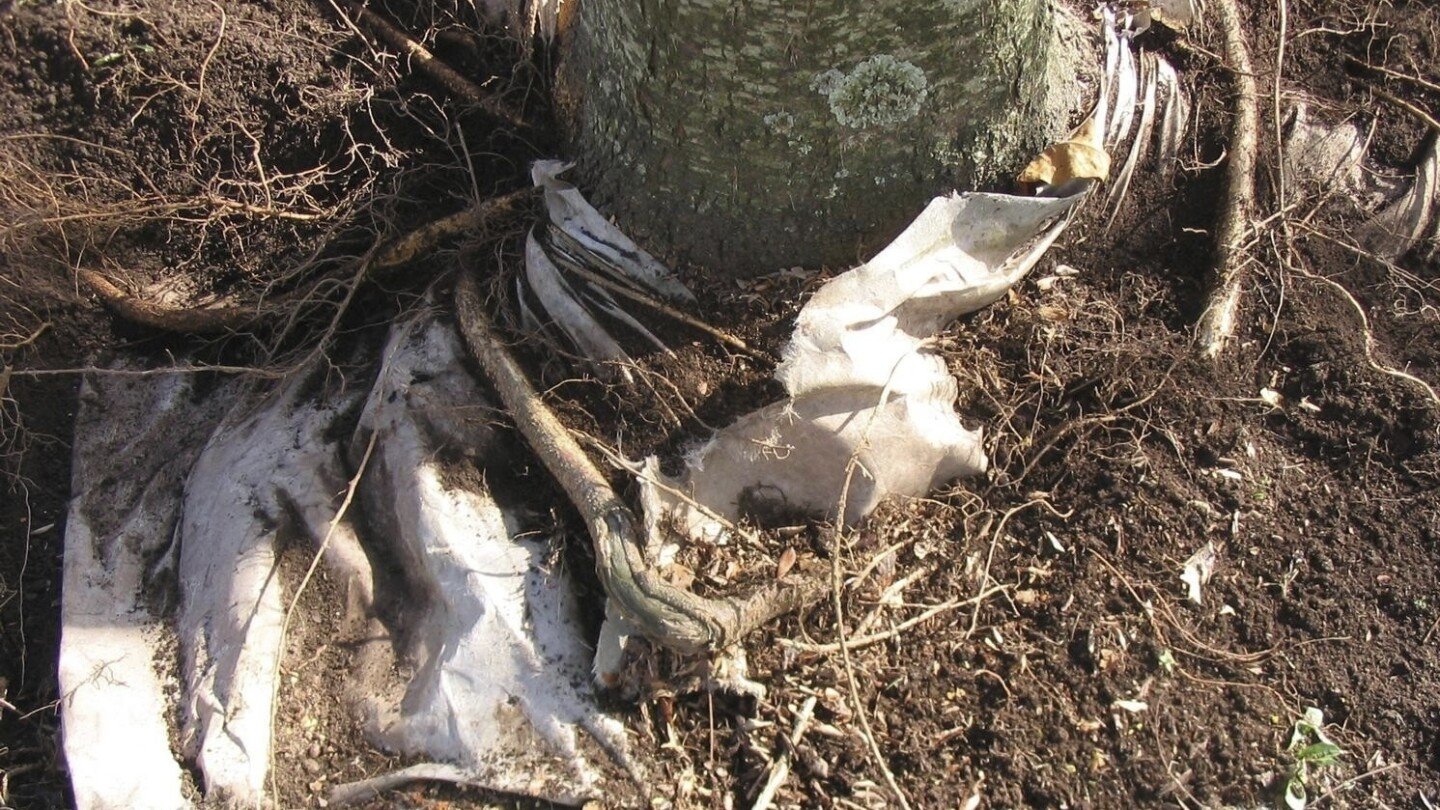Lifestyle
Why landscape fabric is often a bad idea for your garden

Landscape fabric may sound like a neat, tidy and easy solution to all your weeding woes, but, as often is the case, if it sounds too good to be true, it probably is.
To be fair, landscape fabric has its place. Unfortunately, it’s widely misused in most home landscape applications, where it does more harm than good in ornamental beds and around perennials and crops.
The woven (or sometimes non-woven) synthetic (or sometimes biodegradable) barrier is meant to suppress weeds while allowing water and air to pass through to the soil beneath it. And that’s exactly how it works -– for a short time, after which buyer’s remorse almost always sets in.
Before long, soil and other organic matter settle on top of the fabric, seeds find their way to the surface, and weeds begin to grow. Since their roots penetrate through the fabric, removing them becomes extremely difficult.
Under the barrier, which restricts water and oxygen from reaching the soil and carbon from escaping, microbes, earthworms and other insects die, fertility declines and roots struggle.
In perennial beds, the fabric creates heat pockets and impedes the spread and self-seeding of plants. In time, the fabric will shift and tear, and attempts to remove it will no doubt make you rue the day you had the bright idea to use it.
Plastic sheeting is even worse, as it completely blocks water and air from reaching the soil, overheats roots and releases microplastics into the ground.
There are exceptions, however. Landscape fabric can be helpful under gravel or stone paths or walkways, where it creates a barrier between the hardscape and the soil below.
It can also help smother grass and weeds when used temporarily to help create a clean slate for future planting beds in areas that are difficult to clear. Still, I recommend using thick layers of newspaper or cardboard instead, as they biodegrade naturally and perform the same function without having to be removed.
When your landscape fabric becomes a torn, weedy, root-tangled mess – and it will — good luck removing it. The painstaking process involves slowly and carefully pulling up individual fragments of the fabric, which will be heavy under the soil, and cutting them away from around and between roots, which will have grown above, below and through the textile.
Instead of shooting yourself in the foot with landscape fabric, opt for an organic mulch like shredded bark, wood chips or straw. It will regulate soil temperature and moisture, nourish the soil as it decomposes and support the soil life that supports your plants.
Apply a 2- to 4-inch layer, keeping it away from trunks and stems, and refresh it when it breaks down. You’ll still get a few weeds, but they’ll pull up easily, roots and all.
___
Jessica Damiano writes weekly gardening columns for the AP and publishes the award-winning Weekly Dirt Newsletter. You can sign up here for weekly gardening tips and advice.
___
For more AP gardening stories, go to https://apnews.com/hub/gardening.
